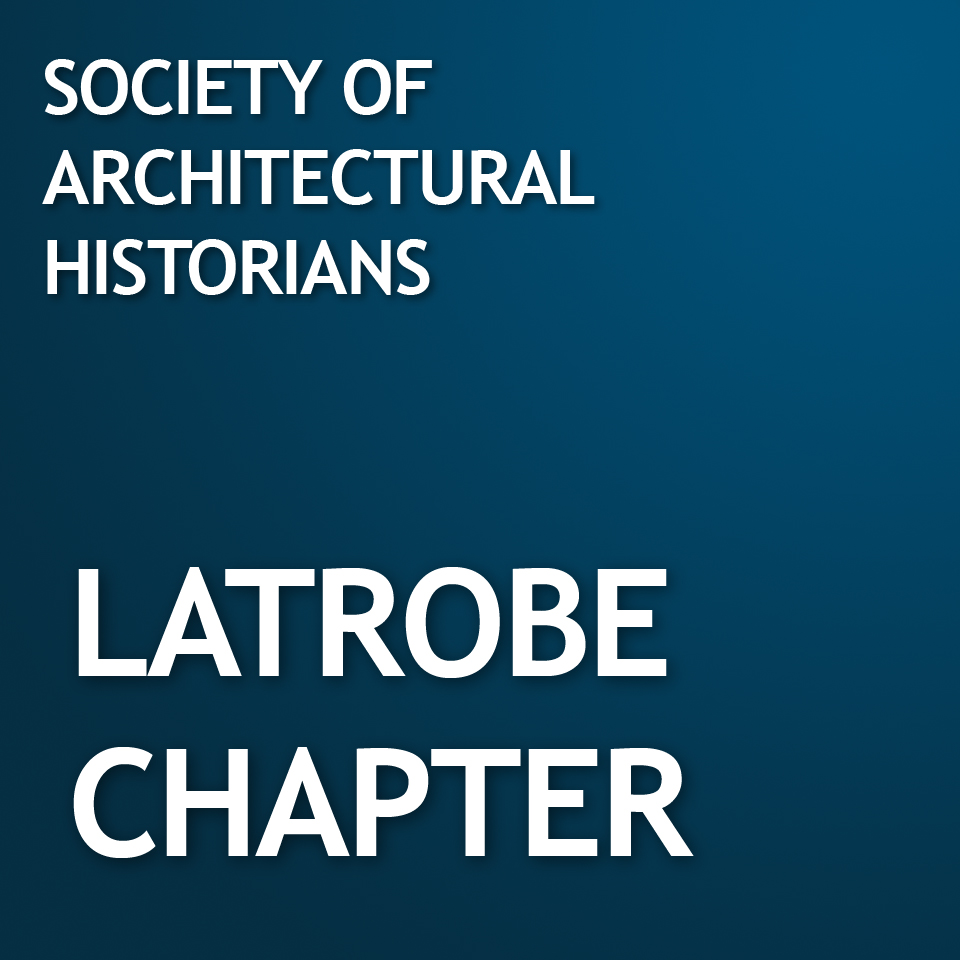This event is free but advance registration is required to participate.
TO REGISTER VIA ZOOM, CLICK HERE
After registering, you will receive a confirmation email containing information about joining the lecture.
This event will be a presentation and conversation amongst Deane Madsen and Dick Walker, moderated by Latrobe Chapter President Vyta Pivo.
About the Projects
The Brutalist Washington Map, by city guide publisher Blue Crow Media in collaboration with Deane Madsen, features 40 leading examples of Brutalist architecture, from the Hirshhorn Museum and the J. Edgar Hoover Building (FBI HQ), Dulles Airport and Georgetown’s Lauinger Library to lesser known buildings such as the Woman’s National Democratic Club Annex, National Presbyterian Church, and Reston’s Lake Anne Plaza. Details for each building and metro station, include the location, date and the architect or practice responsible.
Deane Madsen, founder of Brutalist DC, said: “As more and more examples of classic Brutalism face demolition by neglect, we hope that putting these examples of D.C.'s Brutalist architecture on the map will foster public appreciation that ensures their longevity."
The Living New Deal has published a map of the work of the New Deal in Washington DC. This five-color, large-format map, which folds to pocket size, locates over 500 New Deal public works sites around the District of Columbia. An inset of the area around the National Mall can be used as guide for walking tours and short explanations of 35 notable sites featured on the map are found on the back. Information about the map can be found online here.
The nation’s capital was transformed by the Roosevelt Administration in one short decade, 1933-42. New Deal public works programs completed the Federal Triangle and Judiciary Square, while adding many other federal buildings. They renovated the National Mall, erected the Jefferson Memorial, and restored the Washington Monument. New Deal relief workers developed the enormous capital parks system, expanded National Zoo and added dozens of ball fields, playgrounds and recreation halls in smaller parks.
The New Deal paid for the city's first water treatment plant and upgraded the sewer system to clean up the Potomac and Anacostia Rivers, while redeveloping the Washington Channel. It added major bridges over Rock Creek and improved many miles of city streets. It paid for improvements to DC public schools and hospitals while creating Washington’s first public housing.
On top of all this, New Deal art programs greatly enhanced new federal buildings with magnificent murals, bas-reliefs and sculptures. As LND founder, Dr. Gray Brechin, says, “The New Deal’s work of building, renovating and modernizing Washington DC is largely unmarked and unrecognized, as in most of the country. It’s like finding a lost civilization that has been buried and forgotten."
About the Speakers
Deane Madsen, Assoc. AIA, is an architecture critic and photographer living and working in Washington, DC. He is the founder of Brutalist DC, an appreciation society for Brutalist architecture in the nation’s capital. Madsen earned a master’s degree in architecture from UCLA before moving to Washington to serve as associate editor of design for Architect Magazine, then pursued freelance writing for various industry periodicals including Architectural Record, ArchitectureDC, Landscape Architecture Magazine, Metropolis, Oculus, and Wallpaper, among others.
Richard Walker is Professor Emeritus of Geography at UC Berkeley, where he taught from 1975 to 2012. He is author of scores of articles and six books, including classics in economic geography and the development of California. His latest book is Pictures of a Gone City: Tech and the Dark Side of Prosperity in the San Francisco Bay Area (2018). Walker's awards include Fulbright and Guggenheim Fellowships. He is currently executive director of the Living New Deal project.
Please note that this event will not be recorded.

